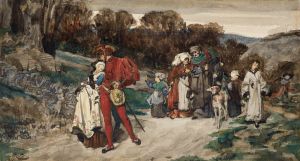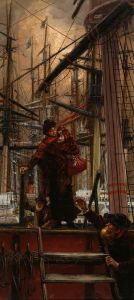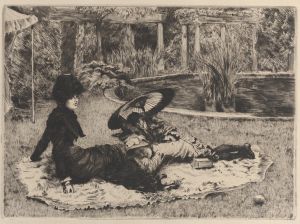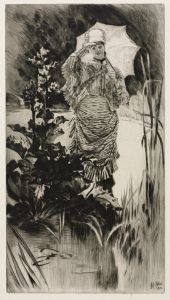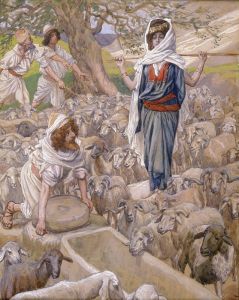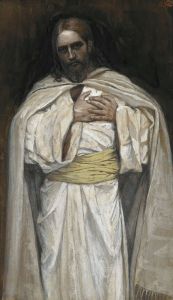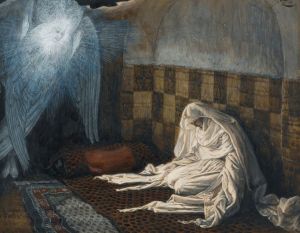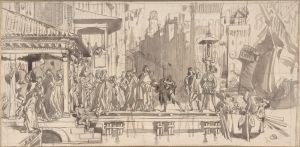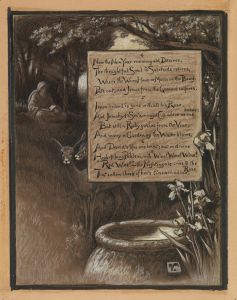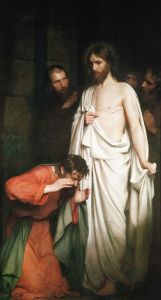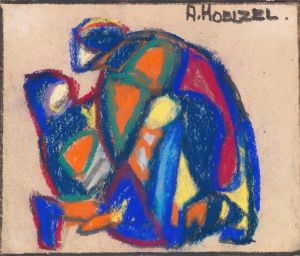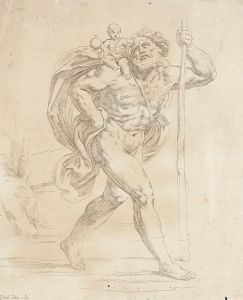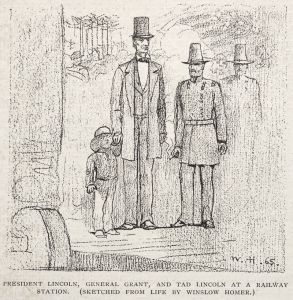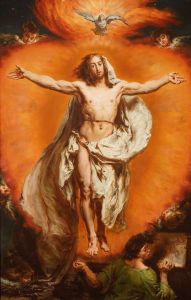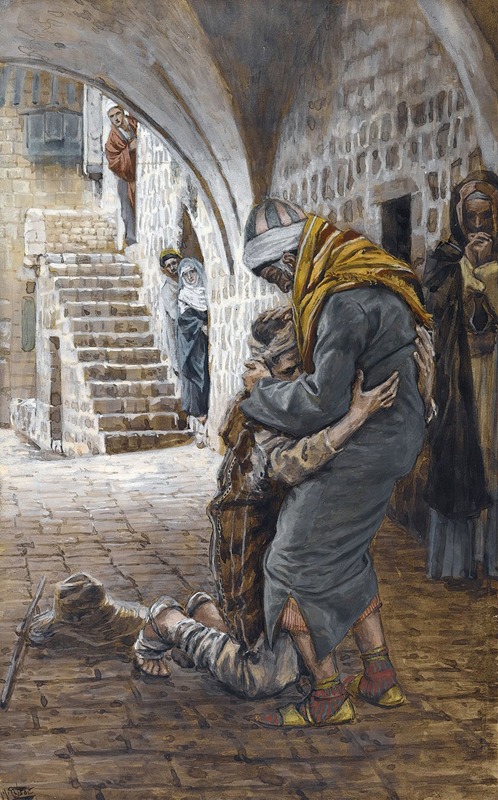
The Return of the Prodigal Son
A hand-painted replica of James Tissot’s masterpiece The Return of the Prodigal Son, meticulously crafted by professional artists to capture the true essence of the original. Each piece is created with museum-quality canvas and rare mineral pigments, carefully painted by experienced artists with delicate brushstrokes and rich, layered colors to perfectly recreate the texture of the original artwork. Unlike machine-printed reproductions, this hand-painted version brings the painting to life, infused with the artist’s emotions and skill in every stroke. Whether for personal collection or home decoration, it instantly elevates the artistic atmosphere of any space.
James Tissot's painting The Return of the Prodigal Son is a work of art inspired by the biblical parable of the prodigal son, as recounted in the Gospel of Luke (Luke 15:11–32). This parable tells the story of a young man who squanders his inheritance on reckless living, only to return home in repentance, where he is warmly welcomed by his forgiving father. The narrative is often interpreted as a representation of divine mercy and forgiveness.
James Tissot (1836–1902) was a French painter and illustrator known for his detailed and emotive works, many of which focused on religious themes later in his career. After a successful period painting fashionable society scenes in Paris and London, Tissot experienced a spiritual transformation in the late 19th century. This shift led him to dedicate much of his later life to creating a series of works based on biblical stories, including The Life of Christ, a collection of over 350 watercolors illustrating scenes from the New Testament.
The Return of the Prodigal Son reflects Tissot's meticulous attention to detail and his commitment to historical and cultural accuracy. Like many of his religious works, the painting demonstrates his effort to depict biblical events in a realistic and relatable manner. Tissot conducted extensive research during his travels to the Middle East in the 1880s, which influenced his portrayal of clothing, architecture, and landscapes in his religious paintings. This approach aimed to bring the biblical stories to life for his audience.
The painting captures the emotional climax of the parable: the moment when the father embraces his repentant son. Tissot's use of light, color, and composition emphasizes the themes of forgiveness and reconciliation. The father's welcoming gesture and the son's humble posture convey the deep emotional connection between the two figures. The surrounding details, such as the clothing and setting, reflect Tissot's effort to situate the scene within a historically informed context.
While The Return of the Prodigal Son is not as widely recognized as some of Tissot's other works, it remains an example of his dedication to illustrating biblical narratives with both artistic skill and spiritual depth. The painting is part of Tissot's broader body of religious art, which continues to be appreciated for its combination of technical precision and emotional resonance.





